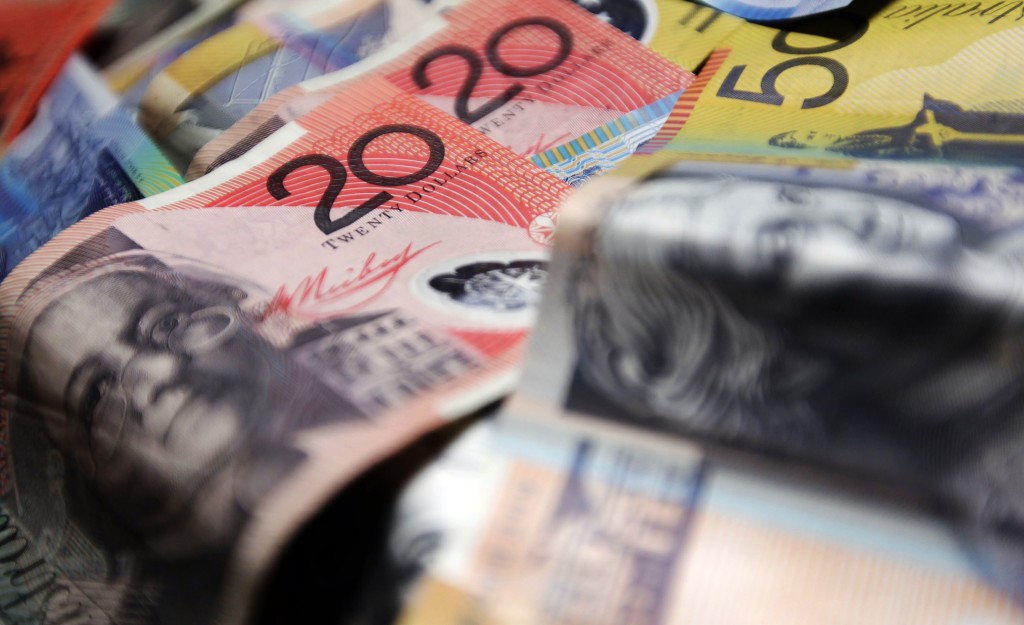Here are the key factors to keep in mind today for Australian Dollar trades:
- Australian AiG Performance of Manufacturing Index: The Australian AiG Performance of Manufacturing Index for June was reported at 57.4. Forex traders can compare this to the Australian AiG Performance of Manufacturing Index for May which was reported at 57.5.
- Australian CBA Manufacturing PMI: The Australian Manufacturing PMI for June was reported at 55.0. Forex traders can compare this to the Australian CBA Manufacturing PMI for May which was reported at 53.2.
- Australian CoreLogic House Prices: Australian CoreLogic House Prices for June decreased by 0.3% monthly. Forex traders can compare this to Australian CoreLogic House Prices for May which decreased by 0.2%.
- Australian TD Securities Inflation: Australian TD Securities Inflation for June was reported flat at 0.0% monthly and increased by 2.0% annualized. Forex traders can compare this to Australian TD Securities Inflation for May which was reported flat at 0.0% monthly and which increased by 2.1% annualized.
- Australian ANZ Job Advertisements: Australian ANZ Job Advertisements for June decreased by 1.7% monthly. Forex traders can compare this to Australian ANZ Job Advertisements for May which increased by 1.5% monthly.
- Chinese Caixin Manufacturing PMI: The Chinese Caixin Manufacturing PMI for June was reported at 51.0. Economists predicted a figure of 51.1. Forex traders can compare this to the Chinese Caixin Manufacturing PMI for May which was reported at 51.1.
- Australian RBA Commodity Index: The Australian RBA Commodity Index for June increased by 6.6% annualized. Forex traders can compare this to the Australian RBA Commodity Index for May which increased by 3.5% annualized.
Here are the key factors to keep in mind today for Japanese Yen trades:
- Japanese Tankan Survey: The Tankan Large Manufacturers Index for the second-quarter was reported at 21. Economists predicted a figure of 22. Forex traders can compare this to the Tankan Large Manufacturers Index for the first-quarter which was reported at 24. The Tankan Large Manufacturers Outlook for the second-quarter was reported at 21. Economists predicted a figure of 20. Forex traders can compare this to the Tankan Large Manufacturers Outlook for the first-quarter which was reported at 20. The Tankan Large Non-Manufacturers Index for the second-quarter was reported at 24. Economists predicted a figure of 23. Forex traders can compare this to the Tankan Large Non-Manufacturers Index for the first-quarter which was reported at 23. The Tankan Large Non-Manufacturers Outlook for the second-quarter was reported at 21. Economists predicted a figure of 22. Forex traders can compare this to the Tankan Large Non-Manufacturers Outlook for the first-quarter which was reported at 20. The Tankan Small Manufacturers Index for the second-quarter was reported at 14. Economists predicted a figure of 14. Forex traders can compare this to the Tankan Small Manufacturers Index for the first-quarter which was reported at 15. The Tankan Small Manufacturers Outlook for the second-quarter was reported at 12. Economists predicted a figure of 11. Forex traders can compare this to the Tankan Small Manufacturers Outlook for the first-quarter which was reported at 12. The Tankan Small Non-Manufacturers Index for the second-quarter was reported at 8. Economists predicted a figure of 9. Forex traders can compare this to the Tankan Small Non-Manufacturers Index for the first-quarter which was reported at 10. The Tankan Small Non-Manufacturers Outlook for the second-quarter was reported at 5. Economists predicted a figure of 7. Forex traders can compare this to the Tankan Small Non-Manufacturers Outlook for the first-quarter which was reported at 5. The Japanese Tankan Large All Industry Capex Index for the second-quarter increased by 13.6% quarterly. Economists predicted an increase of 9.3% quarterly. Forex traders can compare this to the Japanese Tankan Large All Industry Capex Index for the first-quarter which increased by 2.3% quarterly.
- Japanese Nikkei Manufacturing PMI: The Final Japanese Nikkei Manufacturing PMI for June was reported at 53.0. Forex traders can compare this to the previous Japanese Nikkei Manufacturing PMI June which was reported at 53.1.
- Japanese Vehicle Sales: Japanese Vehicle Sales for June decreased by 7.9% annualized. Forex traders can compare this to Japanese Vehicle Sales for May which decreased by 0.6% annualized.
Should price action for the AUDJPY remain inside the or breakout above the 81.450 to 81.900 zone the following trade set-up is recommended:
- Timeframe: D1
- Recommendation: Long Position
- Entry Level: Long Position @ 81.650
- Take Profit Zone: 84.200– 84.500
- Stop Loss Level: 80.650
Should price action for the AUDJPY breakdown below 81.450 the following trade set-up is recommended:
- Timeframe: D1
- Recommendation: Short Position
- Entry Level: Short Position @ 81.200
- Take Profit Zone: 77.600 – 78.650
- Stop Loss Level: 81.650
Open your PaxForex Trading Account now and add this currency pair to your forex portfolio.

